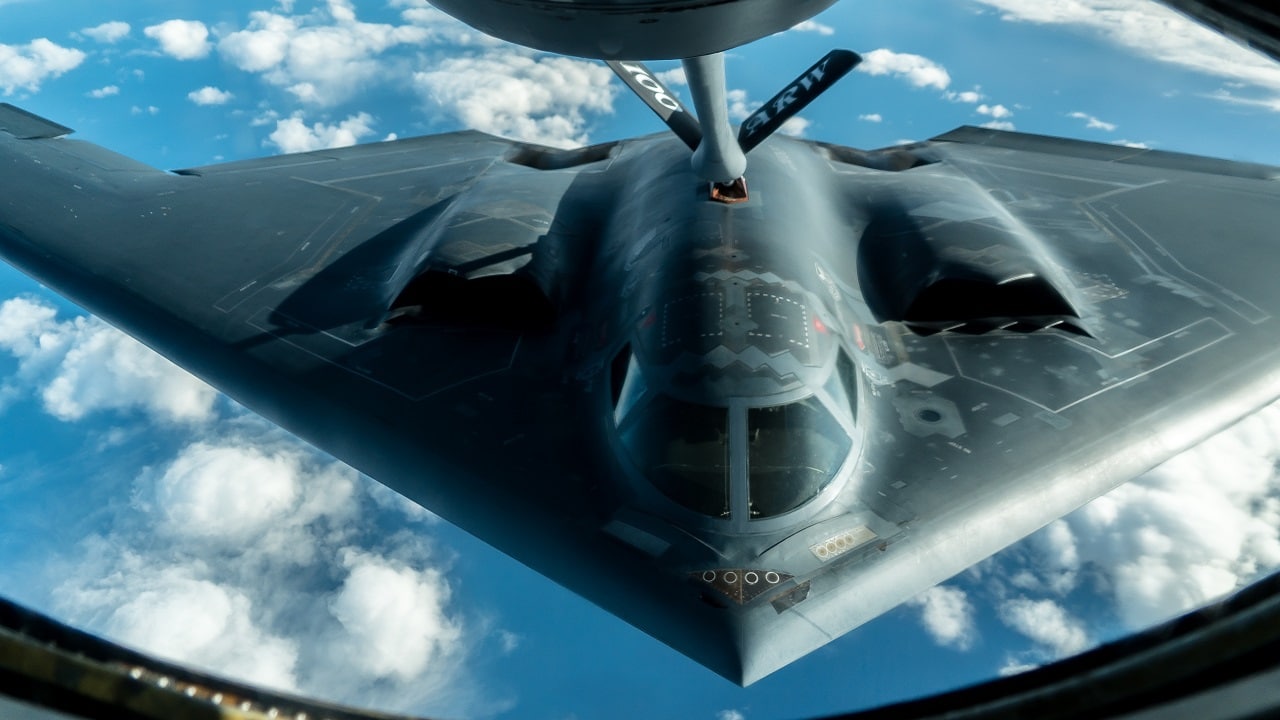The PAK-DA seems like the logical answer to the U.S. B-2 and new B-21 bomber and various Chinese stealth bomber projects. However, does Russia really have the funds to actually build this new weapon? It seems like a long shot, as this expert explains: After decades of planning, proposing, and budgeting, Russia has finally begun construction on their stealth bomber project, Tupolev Design Bureau’s PAK-DA. Reports indicate that construction on the first prototype is nearing completion, with components for six more bombers currently underway. The news of Russian progress represents what could be a tangible step in the closing of the stealth aircraft gap that the US has enjoyed since the 1980s.
But will we actually ever see this supposed new bomber?
A Stealth History Lesson and State of Play
The US has long been an industry leader with respect to stealth technology, where American plane builders have never been rivaled – pushing the envelope with the stealthy SR-71, the F-117, the B-2, the F-22, and the F-35.
And now, Northrop Grumman is on the verge of test flying their mysterious B-21 Raider, an advanced, long-range, heavy-payload, intercontinental, stealth bomber. The B-21 is expected to enter service in 2026 or so, leaving rivals like Russia and China scrambling to catch up.
China, for their part, has relied on espionage (and the wreckage of one notorious helicopter that went down in Pakistan in 2011) to accelerate its stealth aviation development. China’s first stealth bomber, the H-20, is still in prototype mode. Russia, however, with their PAK-DA, may be closer to bridging the stealth bomber gap.
PAK-DA: The Details
The Tupolev PAK-DA is a secretive program; not much is known.
We won’t really know what the thing is, at least, until Russia is done building it. But we know the airframe is meant to serve as a long-range stealth bomber. Reportedly, the PAK-DA will be crafted in a flying wing design, reminiscent of America’s two stealth bombers, the B-2 Spirit and B-21 Raider.
The PAK-DA is not expected to have supersonic capabilities. Instead, the Russian bomber will remain subsonic, relying on its low-observability to evade enemy interference – a risky decision for a country known for shoddy stealth technology. Russia’s only stealth fighter, for example, the Sukhoi Su-57, is regarded as the least stealthy fifth-generation fighter. But perhaps the Russians are figuring stealth out. The flying wing design, likely a direct emulation of American counterparts that have achieved exceptional stealth performance, is a good start.
Likely with a crew of 4, the PAK-DA is expected to carry a massive payload of either conventional or nuclear ordnance. Reports differ on just how much weaponry the PAK-DA will carry – but all reports indicate a payload in excess of 30 tons. The forthcoming B-21 is expected to carry just 15 tons of munitions by comparison. The hulking, eight-engine B-52 Stratofortress can handle about 35 tons. So, expect the PAK-DA to be a big, big airplane.
PAK-DA Might Be Just a Dream
The question remains, however, will the PAK-DA ever fly? Russia has finished a full-size wooden mock-up of the airframe. And the first prototype is allegedly nearing completion. Russia hopes to begin flight testing in 2023 and full-on production in 2027.
But that seems overly optimistic.
The Russian economy is one-dimensional and contracting – while international sanctions imposed in response to the Ukraine invasion have accelerated Russian economic decline. Further, the Ukraine invasion has demonstrated how comprehensively lacking the Russian military is – from their equipment to their logistical planning. The point being: Russia may not have the resources to develop and produce a cutting edge stealth bomber for the first time in the nation’s history.
With limited resources, and with their forces recently decimated, Russia may have to prioritize less ambitious military projects.
Harrison Kass is a Senior Defense Editor at 19FortyFive. An attorney, pilot, guitarist, and minor pro hockey player, he joined the US Air Force as a Pilot Trainee but was medically discharged. Harrison has degrees from Lake Forest College, the University of Oregon, and NYU. He lives in Oregon and regularly listens to Dokken.

